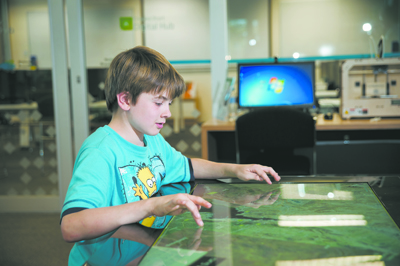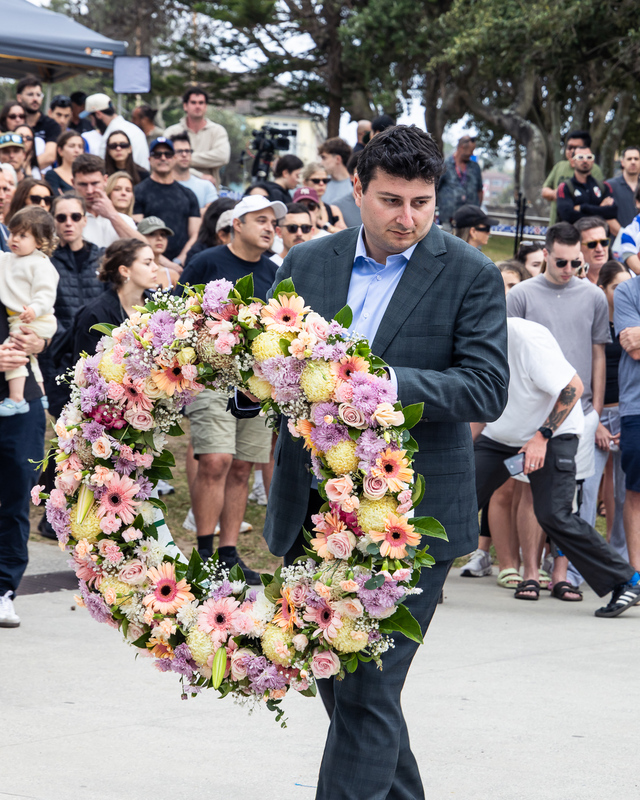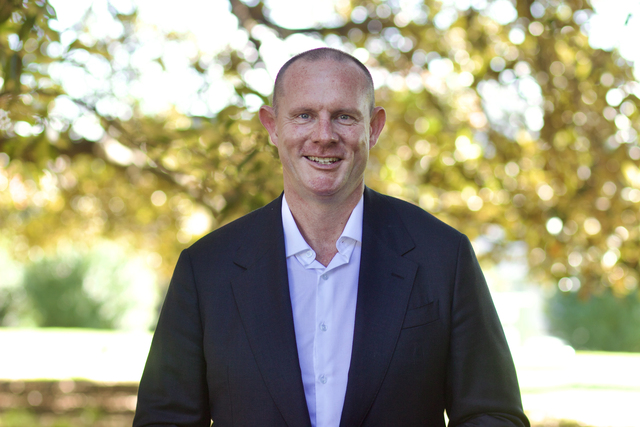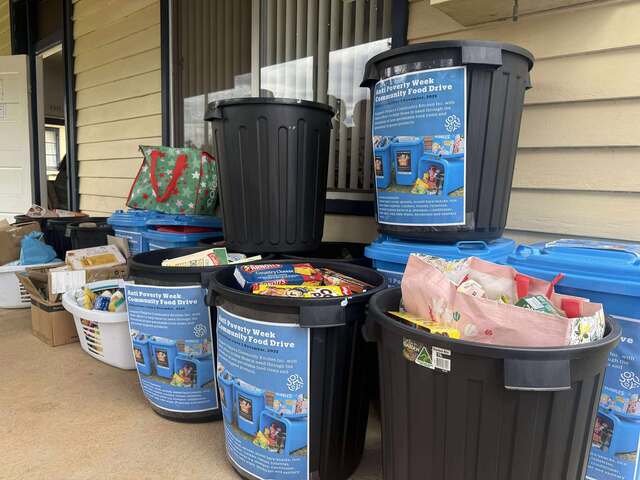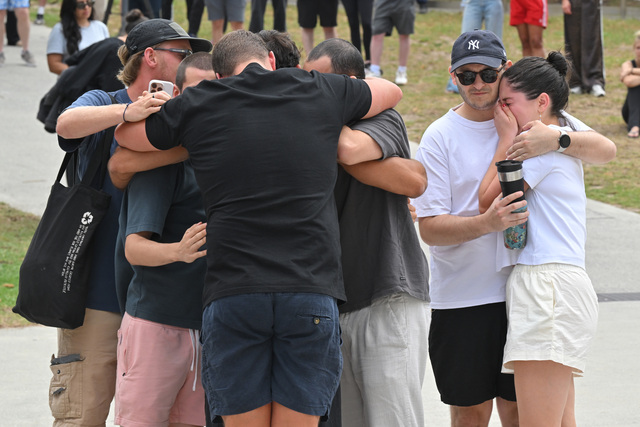While the rollout of the National Broadband Network (NBN) has, once again, become a hotly debated election issue, the new network is being welcomed across rural, regional and urban Australia.
In 2012, the City of Charles Sturt in South Australia received funding through the Federal Government’s Digital Hubs program to establish a Digital Hub within the library at Woodville, providing a central location for the community to engage in an interactive NBN experience.
With a focus on digital literacy, health, education, business, teleworking and home entertainment/communication, the Digital Hub showcases the significant benefits of the NBN to homes and businesses within the City of Charles Sturt.
Divided into three main areas, including a multi-purpose digital training room, an NBN awareness area and a video-conferencing room, the Digital Hub provides an immersive, interactive showcase facility for NBN-enabled technologies aimed at encouraging and facilitating NBN uptake.
The multi-purpose digital training room provides a flexible venue for a broad range of digital literacy training programs, in formats ranging from seminars to hands-on group training, to one-on-one sessions.
The NBN awareness area provides an interactive visitor experience for NBN-enabled technologies. Divided into zones, residents can enter a zone and immerse themselves in the NBN experience.
The video-conferencing room gives local community groups, schools and not-for-profit organisations access to advanced teleconferencing facilities for demonstration purposes.
Throughout the Hub, residents can access touch screens that give an overview of the NBN and how to become engaged, with links to existing NBN information from the Federal Department of Broadband, Communications and the Digital Economy and NBN Co.
The City of Charles Sturt’s new Digital Hub provides residents with an opportunity to learn and develop skills to connect online, communicate across the world, reconnect with families, forge business opportunities and participate in the uptake of NBN technologies.
NBN comes to the Tweed
The Mayor of Tweed Shire Council in New South Wales, Barry Longland, has welcomed the news that the Tweed will be part of the first phase of the fixed-wireless rollout of the NBN.
NBN Co. has announced plans to provide some smaller communities and rural residents in the Tweed with the ability to connect to dedicated high-speed, fixed-wireless broadband services.
“NBN Co. is finalising plans for fixed–wireless facilities in seven council areas on the far north coast, including the Tweed,” said Mayor Longland.
“This is great news for our smaller communities in the Tweed, who have often been disadvantaged in regards to Internet speed, broadband coverage or even Internet access altogether, because it was simply not available in their area.
“This technology will provide people in the most isolated parts of the Tweed access to economic and social opportunities that others in the rest of the country take for granted,” said the Mayor.
Council’s Director Technology and Corporate Services, Troy Green, explained that fixed-wireless is designed to serve smaller communities and villages that are outside of the fibre footprint. Some residents in geographically challenging terrain will be serviced by satellite.
“About seven percent of NBN Co.’s total planned national installations would be delivered through fixed-wireless and satellite, while the majority of premises would be connected through fibre optic cable,” Mr Green said.
“NBN Co.’s fixed-wireless and satellite networks are designed for communities in the Tweed with low population density, where it is impractical or uneconomical to roll out fibre optic cable.
“Fixed–wireless services are delivered by radio communications via antennas that transmit a signal direct to a small outdoor antenna on homes or businesses within a defined coverage area. It is different technology to mobile broadband covered by 3G and 4G services, in that it is fixed and guarantees a certain speed.
“It’s also good news that the planned fixed-wireless in the Tweed will provide wholesale download speeds of up to 25 megabits per second and upload speeds of five megabits per second (25/5) — that’s significantly greater than the previously announced 12/1 speed,” said Mr Green.
Tasmania launches into digital age
February saw the launch of eight new Tasmanian NBN Digital Hubs, seven Digital Enterprises, and five Digital Local Government Programs, with their various NBN-enabled services highlighted by a high-definition video-conference that linked six locations across the state.
The Kingston Beach Digital Hub hosted the event, with St Helens Digital Hub, Smithton Digital Hub, George Town Digital Enterprise and Digital Hub, Triabunna Digital Enterprise and Digital Hub, and Sorell Digital Local Government Program all taking part in the event, which was launched by the Minister for Broadband, Communications and the Digital Economy, Senator Stephen Conroy, Federal Member for Franklin, Julie Collins, and Senator for Tasmania Catryna Bilyk.
The Digital Hubs, Enterprises, and Digital Local Government Programs will provide thousands of Tasmanians with expert advice on how to get online and improve their digital skills; train businesses and not-for-profit organisations on how to use the NBN to boost productivity and build their online capabilities; and help local governments to improve services in their communities using the NBN.
“Tasmania is on-track to become the first state to be fully connected to the NBN, giving it an advantage over the rest of the country in realising the NBN’s potential,” said Senator Conroy.
“Across Australia, this program has already completed 1453 training sessions to 11,405 participants and organisations, with more than 3300 one-on-one training sessions also being held.”
Sorell Council’s online emergency management service is already using the NBN for video-conferencing and advanced mapping capabilities, as well as helping facilitate information sharing between those involved in emergency management and recovery situations.
As Senator Conroy noted, “Elements of this service were used during last month’s bushfires in Tasmania and the system will also be part of the recovery phase.”

